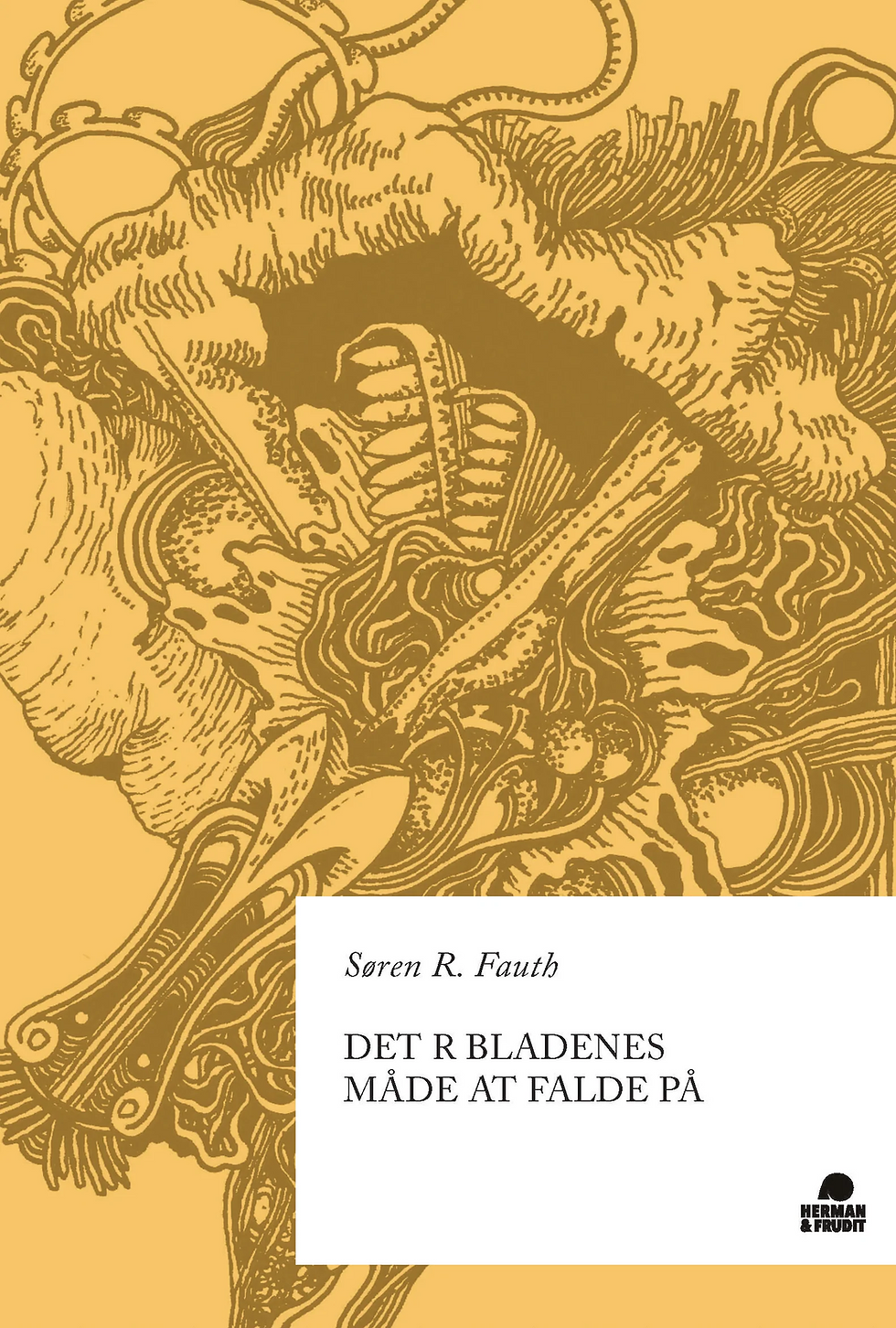Kim Beom WATER FROM GANGES RIVER IN A CUP MADE WITH NEWSPAPER FROM CONGO (2019)
- Matt Travers
- Nov 2, 2020
- 3 min read
Updated: Nov 7, 2020

When encountering an unfamiliar artwork, the first thing to ask yourself is to whom does it most offend? Kim Beom's visual puns could weary someone over-familiar with the clichés of postmodernism, but such weariness is a cliché in itself, as is its dialectical inversion. If anywhere, Boem's gentle critical animus is directed against a foe so broad and inviolable that he might as well be waving his paintbrush at the mountains. Instead, Boem points, like a toddler puzzling over their first sight of fireworks, and takes delight, retaining a peculiar amusement which an adult world hasn't trained out of him. Not bad for fifty-six.
This book accompanies the recent retrospective of his work in Aarhus Kunsthal, and consists of two fiercely innocuous introductions from the Danish cultural minister and the exhibition curator, Jacob Fabricius, together with two interviews with Sunjung Kim spliced into one, and the transcript to Beom's video installation, 'Objects Being Taught They Are Nothing but Tools'. Aside from the quality binding, the colour reproductions and the intriguing trilingual layout, where English, Danish and Korean race to the finishline (spoiler: Korean wins), the most distinctive feature of the book is the muted tone of the exchange. Sunjung Kim will rapidly elaborate a theme in a specific titled work and ask Beom of his intentions behind it, and Beom will respond in a simple clear register that reveals his ease. Then that's it. Next question. No struggle for clarification, no simulated conflict and next to no allusion to the work of others. The discussion is remarkably clear and direct:
"SK: 'Intimate Suffering' (2008) is a drawing of mazes of various sizes. What made you embark on this work, and what meaning do mazes have for you?
KB: I think everyone is constantly required to solve problems and find the right way of life. Life comes with its share of problems, and solving problems and finding the right way are hard, but it seems to be human instinct and nature to do so. It must be the reason people seek out puzzles and 'enjoy' piecing them together." (p36)
This sounds a lot like those Oulipian rats who must build the labyrinth from which they propose to escape, but Beom does not intend 'to trick the viewer' (p37); rather, his works are playful for a reason. One of the stronger pieces from the Aarhus retrospective is 'Horse Riding Horse (After Eadward Muybridge)', a re-animation of the original Muybridge film, only now with an anthropomorphised horse riding on the back of a horse. This combines three choice elements of Kim Beom's approach:
1. There's a visual pun drawn from a concept in everyday language: 'horse-rider'. Do horses ride themselves? The sight of a smaller horse on a larger one evokes an image of children playing with animal figurines.
2. There's the gentle parody of pedagogy which obscures its pedagogical intent. Where Muybridge's stop-motion demystified the grace of animals, Beom invites us to imagine a world where such disenchantment might be reversed.
3. There's the disorientation of the viewer. Where the original viewer of Muybridge's film bore witness to man's dominion over nature, now they are the passive spectator of animal mastery. Or Beom's warm clownery.
Is the lack of reference to Beom's influences masking an insecurity about his originality, or is it part of a conscious strategy to make his work more accessible? If the Rorschach-like paintings from which the exhibition's title is drawn remind us of 'The Little Prince' of Saint-Exupéry, then the instructional works with their explicit commands ('Look Here') or those which take the form of brilliant expository lectures for an audience presumed to have no prior familiarity with the topic, e.g. a rock, recall Yoko Ono's 'Grapefruit' or Hans Obrist Ulrich's DIY recipes for performance art. Perhaps the key difference with Boem is that, behind the visual comedy of his set-ups, he delivers like a gifted teacher, as evidenced in 'A Rock That Learned the Poetry of Jung Jiyong' (2007), a superb eleven hour analysis of the Korean poet whose language straddles both South and North Korean vocabularies. There's a dignity to the rock which can resist any indoctrination, as well as a generosity on the part of the teacher who tries their best to share the greatness of Jiyong despite receiving zero acknowledgement for their efforts.
As for politics, his works cut both ways:
'So if you think you have life--that is, life like I described earlier, or any special meaning and value beyond your function as tools--you will see that this is complete nonsense now that you know how and why you were created.' (119)
Ostensibly addressed to 'Objects Being Taught They Are Nothing but Tools', such ironies might apply to both sides of his home country's ideological divide. Overall, a great insight into an artist whose work gets younger with age.



Comments